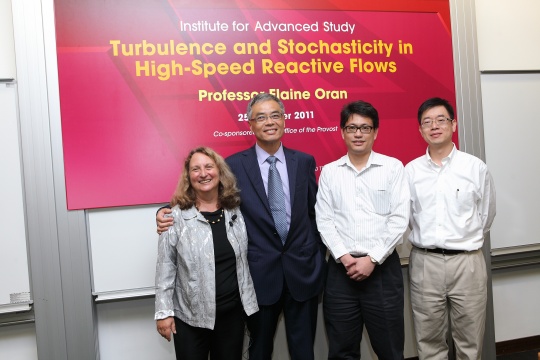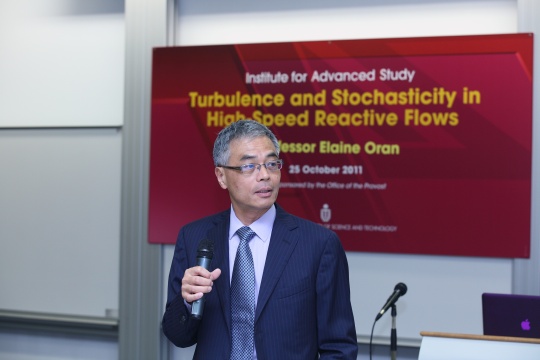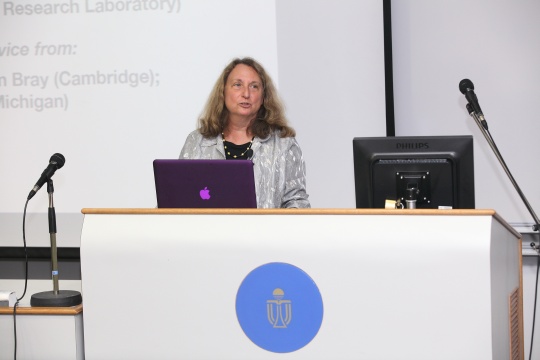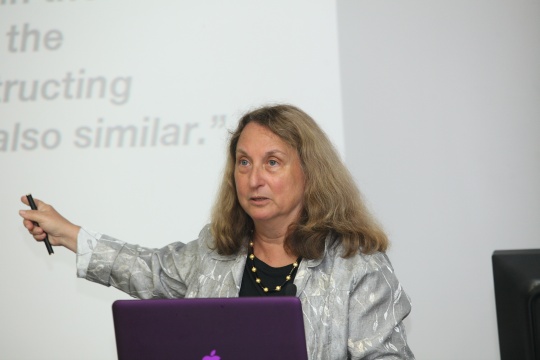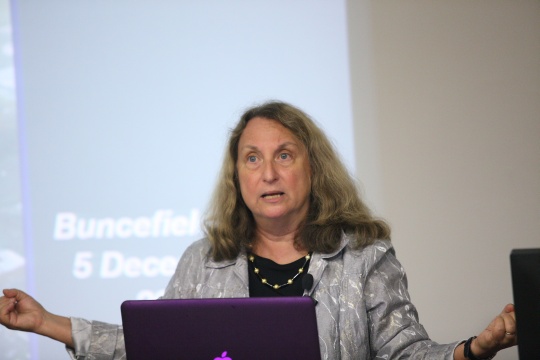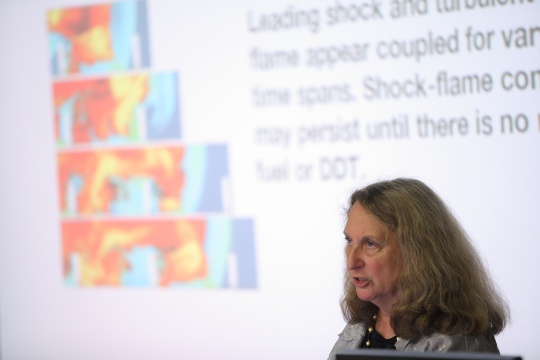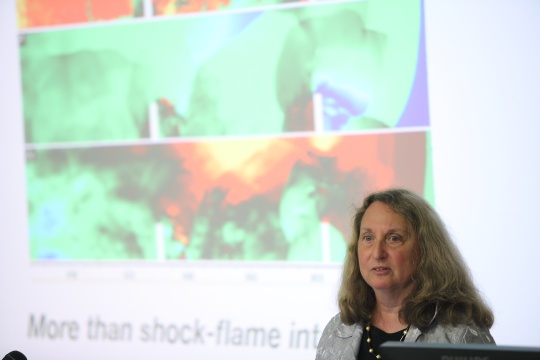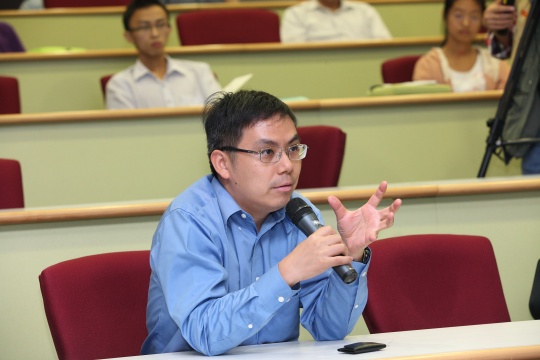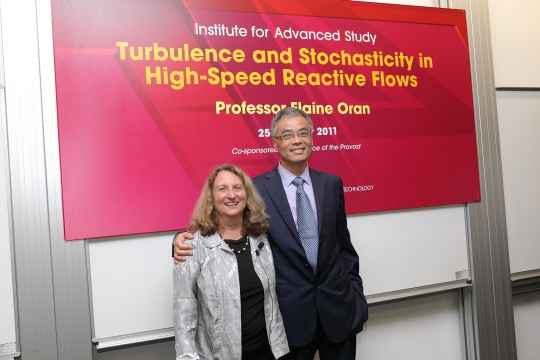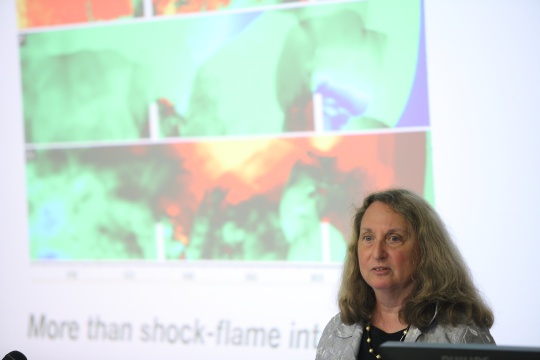Turbulence and Stochasticity in High-Speed Reactive Flows
Abstract
There have been many discussions of turbulence and the fact that it is a stochastic process. There have been significantly fewer discussions of what this means in a practical sense of predictability and the consequences for risk assessment. Now we have begun to address these issues as they arise in energetic reactive flows, in which there are multiple interacting stochastic processes, including flow instabilities, turbulence, many interactions between shocks, flames, and vortices, and the resulting formation of ignition centers (hot spots).
The flow that allows us to focus on these issues is the evolution of an initially laminar flame a background medium that may be either quiescent or turbulent. In the first case, we consider a flame propagating down a channel filled with a quiescent, energetic gas and a series of obstacles. As this system evolves, it undergoes flow transitions from subsonic to supersonic, as it simultaneously undergoes transitions among combustion states from a laminar to a violent turbulent flame, and then possibly to the strongest form of combustion, a detonation. This sequence of events and transitions, taken both separately and together, are critical elements of systems ranging from engines to accidental fuel explosions. The second case, where the laminar flame is embedded in a turbulent medium with no solid barriers and no nearby walls, also might occur in accidental explosions or in high-speed engines. In addition, it is important for addressing a fundamental problem in astrophysics: How and why does a deflagration in a type Ia supernova (SNIa) transition to a detonation?
This presentation is illustrated visually by movies made from results of multidimensional, compressible, unsteady, deterministic solutions of the Navier-Stokes equations. In the process of analyzing the dynamic events portrayed in the movie, we have found several surprising properties of the evolving nonequilibrium, non-Kolmogorov turbulence as well as a mechanism for detonations to arise in SNIa.
About the Speaker
Prof. Elaine Oran is the Senior Scientist for Reactive Flow Physics at the US Naval Research Laboratory (NRL). She received an AB in chemistry and physics from Bryn Mawr College and both a MPhil in Physics and a PhD in Engineering and Applied Science from Yale University. At NRL, she is responsible for carrying out theoretical and computational research on the fluid and molecular properties of complex dynamic systems. Active research topics include: chemically reactive flows, turbulence, numerical analysis, high-performance computing and parallel architectures, shocks and shock interactions, rarefied gases, and microfluidics, with applications to combustion, propulsion, astrophysical explosions, and micro-sensor design.
In addition to her position at NRL, she is currently an adjunct professor of Aerospace Engineering at the University of Michigan and a visiting professor at Leeds University. She is a member of the US National Academy of Engineering, an Honorary Fellow of the American Institute of Aeronautics and Astronautics, and a Fellow of both the American Physical Society and the Society of Industrial and Applied Mathematics. She has also received honorary doctorates from Ecole Central de Lyon and Leeds University.

